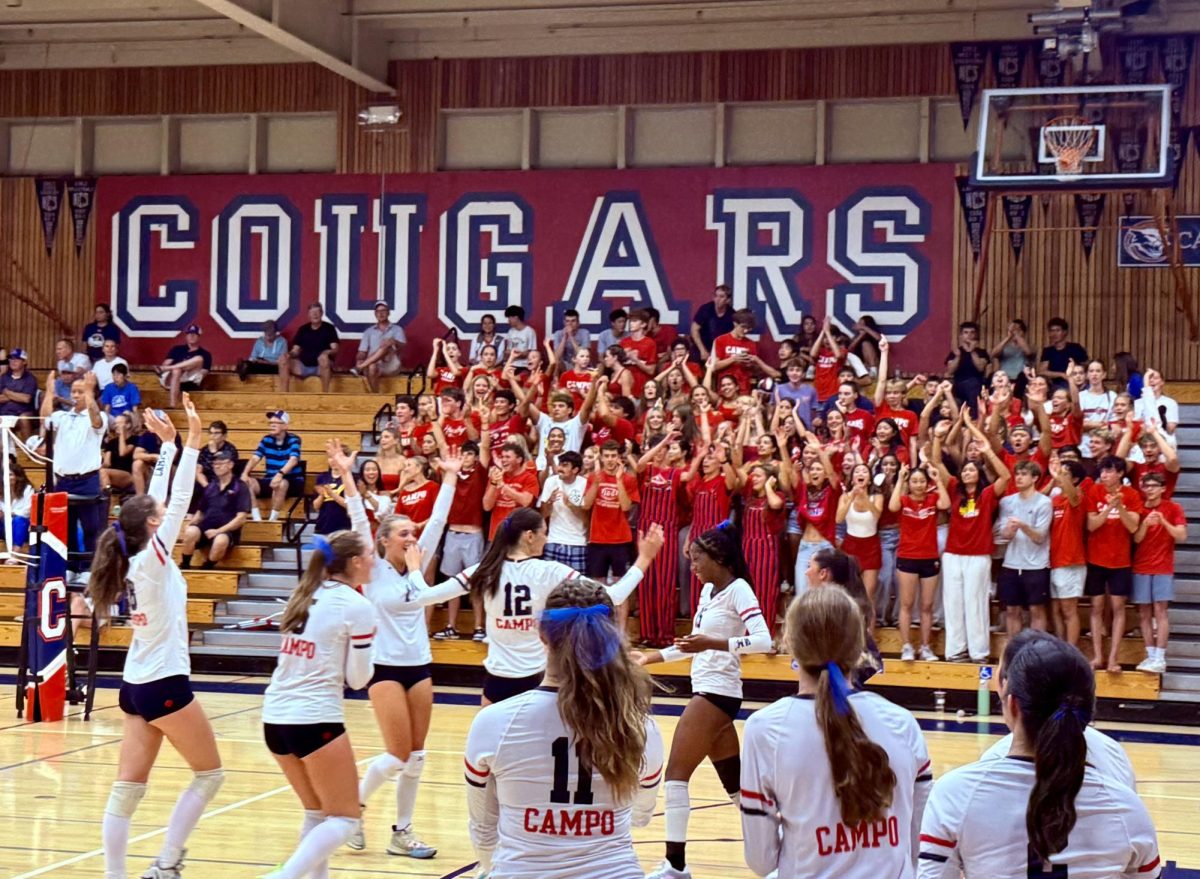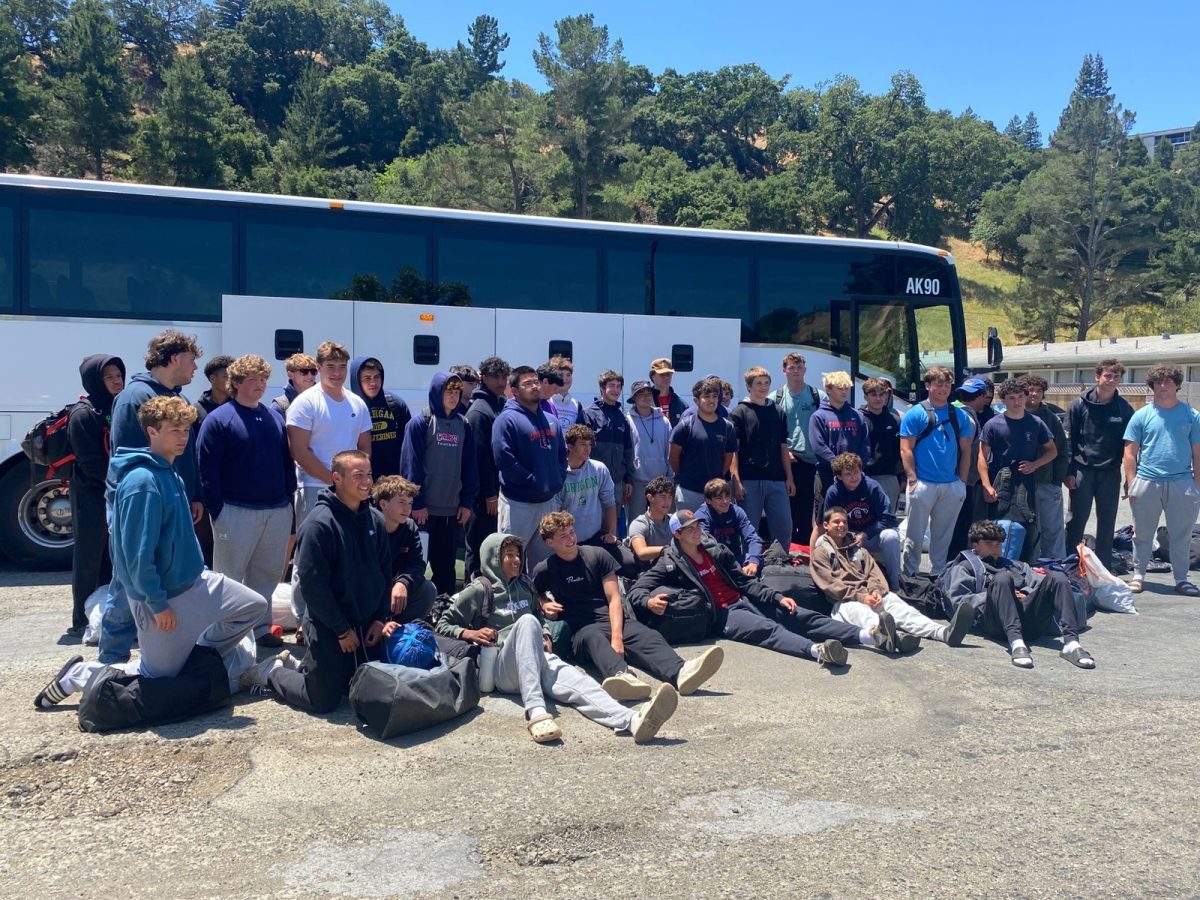In the past, the athletic fundraising model used to be a $260 donation to the district plus team and booster contributions for athletes who wished to participate in school sports programs.
Now, each team creates a budget individually and sets a contribution amount based upon that budget.
This budget model was created by an athletic task force that met last year.
Athletic director Tom Renno supports the implementation of the new funding model, and feels that the teams are capable of creating their own budget. “Most teams are now more aware of what it costs to run their programs,” he said.
Having to make the budget themselves, Renno believes the burden is on the coaches to help with finances. It makes sense because each sport requires different levels of funding.
One significant challenge for some teams has been the cost of buses under the new system. Buses are now $560 for each trip. According to Renno, many teams have opted out of using buses in order to keep their individual contribution level lower.
When making a budget for a team, coaches must consider multiple aspects that will influence the season. Boys’ soccer coach Shane Carney said, “The biggest expense was all of the buses for away games, but things like referees and equipment also made up large chunks.”
Carney, director of the East Bay Eclipse soccer club, had experience creating budgets since he does it for the club each year. However, he thinks that newer coaches might have a tougher time adjusting.
With the new system, all expenses are listed on a budget that is accessible to the public. Carney said, “It did improve the transparency of where the money parents paid was actually going, as they previously paid and had no idea what their money was actually being used for.”
There are down sides to the implementation as well. For example, the boys’ soccer team had to cut out their use of local buses completely and now, instead of providing balls for the program, each kid was required to bring their own ball for the team.
In addition, Carney said, “It also adds more work in to the plate of the coaches who are already severely underpaid for the work they do. I love coaching Campo soccer, so it doesn’t make me want to quit, but I can see how a new coach coming in might be overwhelmed and not want to take the job.”
This season, boys’ soccer asked for a $450 contribution per athlete.
According to Renno, each team’s budget has to be approved and have an appropriate cost for the season. All teams budgets have been approved.
Patrick Ratchford hasn’t seen much of a difference in the athletes’ experience. He said, “Besides the fact that the lacrosse program has a lot more funding than past years, I haven’t seen that many differences when it comes to the new budget. I think coaches have a lot more to do with it.”
Parents are effected by it too. Kathy Atkinson, mother of lacrosse player Kevin Atkinson and team parent, thought that the move to a new model was necessary. She said, “Due to massive budget cuts for education, I don’t think the Acalanes district had much of a choice. I can’t speak for other teams obviously, but for lacrosse, the suggested parent donation for a player had to increase to cover the costs that are necessary to run the program effectively and efficiently.”


